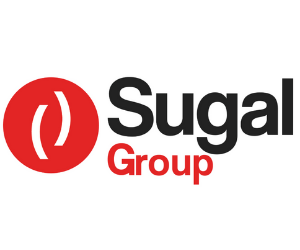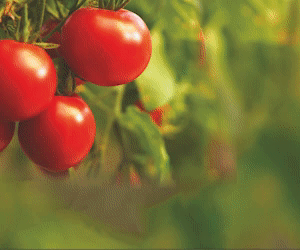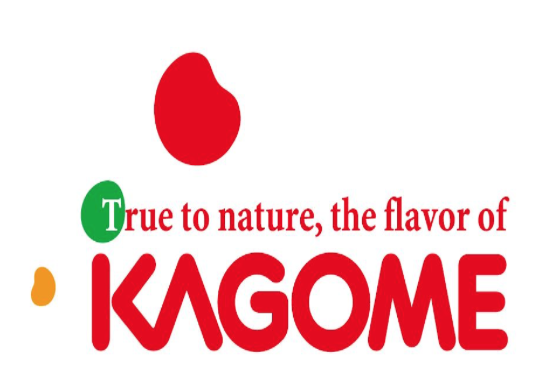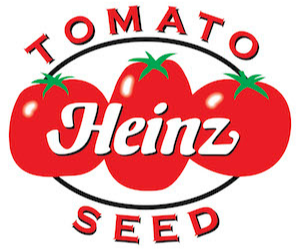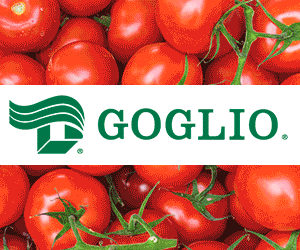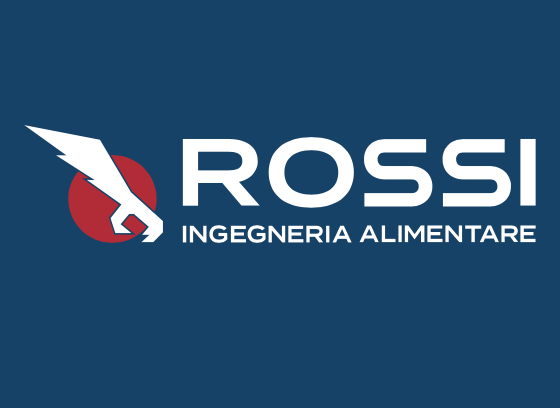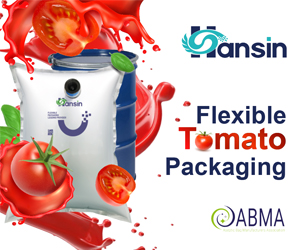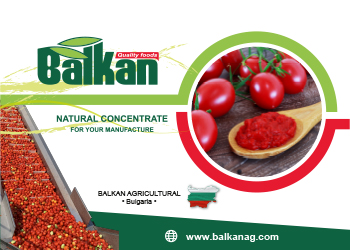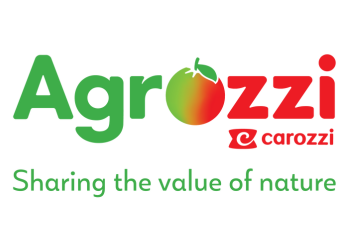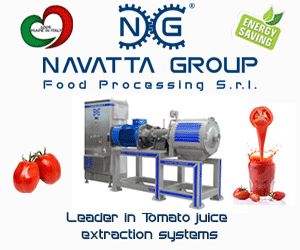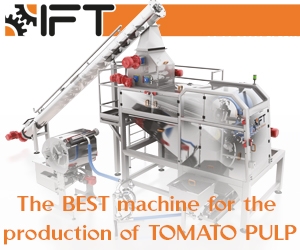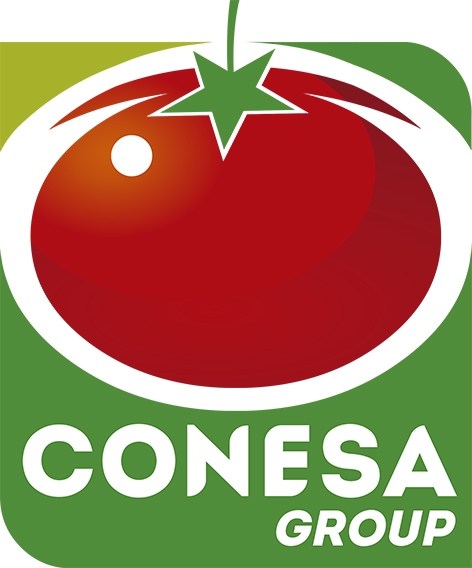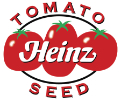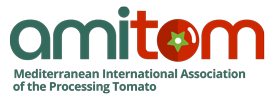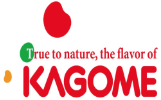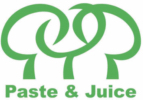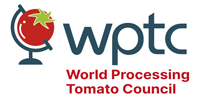Anicav: "A long and difficult campaign due to climatic conditions, with production costs skyrocketing"
President Serafini: “The extended processing period has increased energy and labor costs, in addition to the increase in the price of packaging and raw materials. Profitability is at serious risk."
Director De Angelis: “Finding an agreement on the average reference price of the raw material is increasingly difficult. A new supply chain relationship is necessary and we will discuss it during the next public meeting of the ANICAV, Il Filo Rosso del Pomodoro, scheduled for November 24th."
The 2023 tomato processing season in Italy ended with a production of 5.4 million tonnes of product, a slight reduction (-1.3%) compared to 2022. The processing industry had to deal with a long and complex campaign, with no sign of a decrease in production costs. This year, significant difficulties were caused by adverse weather, increasingly characterized by violent and sudden episodes that caused frequent factory shutdowns and extended the processing period until the beginning of November.
In a detailed analysis, the final processed amount in the northern region was recorded at 2.8 million tonnes (-3% compared to 2022), while in the central and southern regions, 2.6 million tonnes of tomatoes were processed, a quantity in line with last year’s season, despite a greater investment in planted surfaces (+5%). In both production areas, there was a worsening of agricultural yields, which also corresponded to a decline in the industrial yields of products intended for final consumers, because of the need to use greater quantities of raw material in order to guarantee high quality standards.
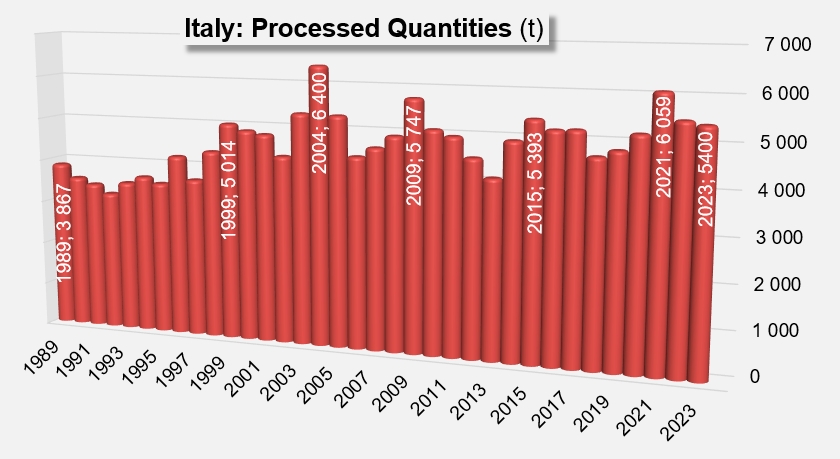
“The season that has just ended was one of the longest and most complex in recent years,” declared Marco Serafini, President of the ANICAV. “The continuous stop-and-go linked to the succession of adverse meteorological events, both at the transplanting stage and during the tomato harvest, prolonged the season, right up until the beginning of November, significantly affecting industrial production costs, primarily energy and labor. The increases in the costs of primary and secondary packaging, which had already weighed considerably on company budgets in previous years, as well as the further increase in the cost of raw materials, have further aggravated the situation. These circumstances will certainly have negative effects on company margins."
In addition to climate variables and inflationary trends, the constant increase in the price of raw materials, which continues to be the highest in the world, always weighs on production costs. In this regard, dialogue with agricultural counterparts has become increasingly difficult.
“The tomato harvesting season started immediately with an uphill climb due to the difficulties linked to reaching an agreement on the average reference price of the raw material in both production areas, and the critical issues also continued during the processing,” declared Giovanni De Angelis, General Director of the ANICAV. “In particular in the central and southern regions of the country, there has been an enormous and unjustified increase in prices: a situation that has seriously called into question the supply chain relationship which, in our opinion, will necessarily have to be reformed.”
The public assembly of the ANICAV, Il Filo Rosso del Pomodoro, scheduled in Naples, at the Stazione Marittima, on November 24th, will focus on this important and delicate topic. “Towards a renewed supply chain relationship” is the theme chosen for this day, during which the main players of the agricultural and industrial sectors of the tomato processing industry will meet.
The sector in numbers
The processing tomato sector represents the most important Italian processed fruit and vegetable supply chain and, with an overall turnover (2022) of EUR 4.4 billion (3.3 billion generated by companies associated with the ANICAV), it plays a strategic and driving role in the national economy by employing around 10,000 permanent workers and over 25,000 seasonal workers, in addition to the workforce involved in related industries.
Italy, the third largest tomato processor in the world after the USA and China, remains the largest processor of processed products intended directly for final consumption, representing 12.2% of worldwide production (equal to 44.2 million tonnes) and 52% of the European processed volume.
Sources: ANICAV, corriereortofrutticolo.it



